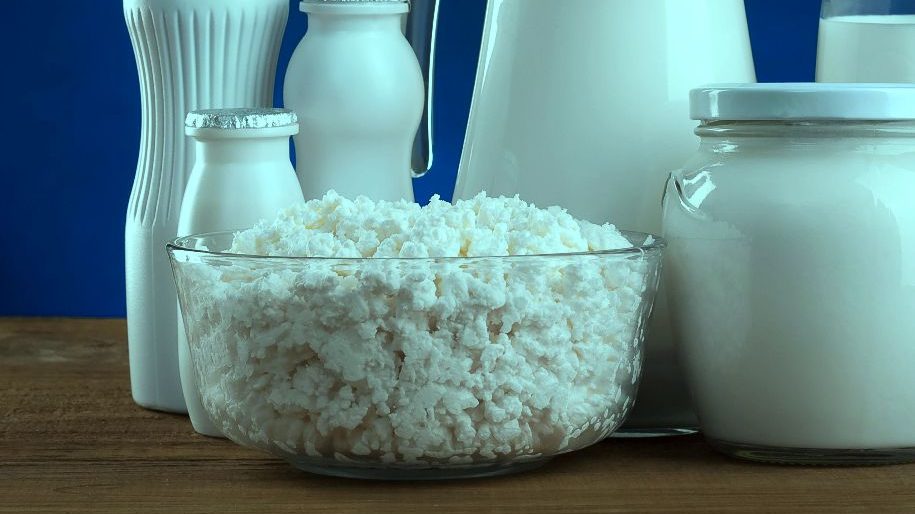
Kefir
Kefir is one of the best healthiest fermented drink that can add to our daily diet. It’s a probiotic drink and so incredibly good for us. We can make it homely on daily basis avoiding purchasing probiotics in pill form.
The word “Kefir” derived from the Turkish word “keif” meaning good feeling. Kefir is a fermented milk product that looks and tastes similar to yogurt. Traditionally Kefir was prepared by the inhabitants of Caucasus mountains in Russia in leather bags made of skin of a goat or oak vats.
Kefir Flavour: Mildly alcoholic and sour.
Benefits: Kefir provide high levels of Probiotics , Calcium, Magnesium, Vitamin B1 & B2, biotin, folate, and enzymes.
Kefir grains
The fermentation of milk is initiated by kefir grains. It is white yellow grains resembling to cooked rice, insoluble in water, gelatinous, irregular size (like cauliflower) called “Kefiran”. Kefir grains are essentially a cluster of yeast and bacteria used to make the kefir drink.
You can purchase Kefir grains from Amazon (Link given) (See product description and instruction on packet).
How to make Kefir in home
Keep in mind: When we purchase kefir grains, it will be in a bag of milk/ freeze dried. Strain the grains using a plastic strainer and pour a little bit of fresh milk on them to rinse them. This is only necessary when we use them the first time. It helps to activate them. Do not rinse with water.
Ingredients
Kefir grains
Milk (boiled and cooled to normal temperature)
Glass Jar
Paper/cloth towel (air should pass through it)
Rubber band
Method
- Place kefir grains in a Glass jar.
- Pour in milk on top of the grains. (3-5% of milk quantity or roughly 1 cup of milk with 1 tablespoon of kefir grains)
- Place a breathable cloth on top and tight with a rubber band.
- Place the jar in a cool and dark place like a cabinet. Let the kefir ferment for 24-48 hours. It would be ready if we tilt the jar slightly and the kefir is thicker and more gel-like instead of just liquid milk.
- Strain the kefir in a plastic strainer. (Don’t use a metal strainer or spoons. The kefir liquid itself can touch metal but the grains cannot as this can “kill” the grains.)
Notes
- Be patient with your grains as they adjust to a new environment.
- In summer and warmer weather, kefir will ferment faster and the kefir may be ready every day to be strained. In winter, fermentation will be slowed down. Do not think kefir grains were bad.
- Never through the grains out. Every time it will be stronger and larger. Strain it and use next time.



Related Posts
Corona positive pet owner – Do’s and Dont’s
করোনা ভাইরাসের প্রকোপ থেকে রক্ষা পেতে করণীয় জিনিসগুলি জেনে রাখুন ও পালন করুন।
হান্টা ভাইরাস সংক্রমণের কারণ ও রোগের লক্ষণ।